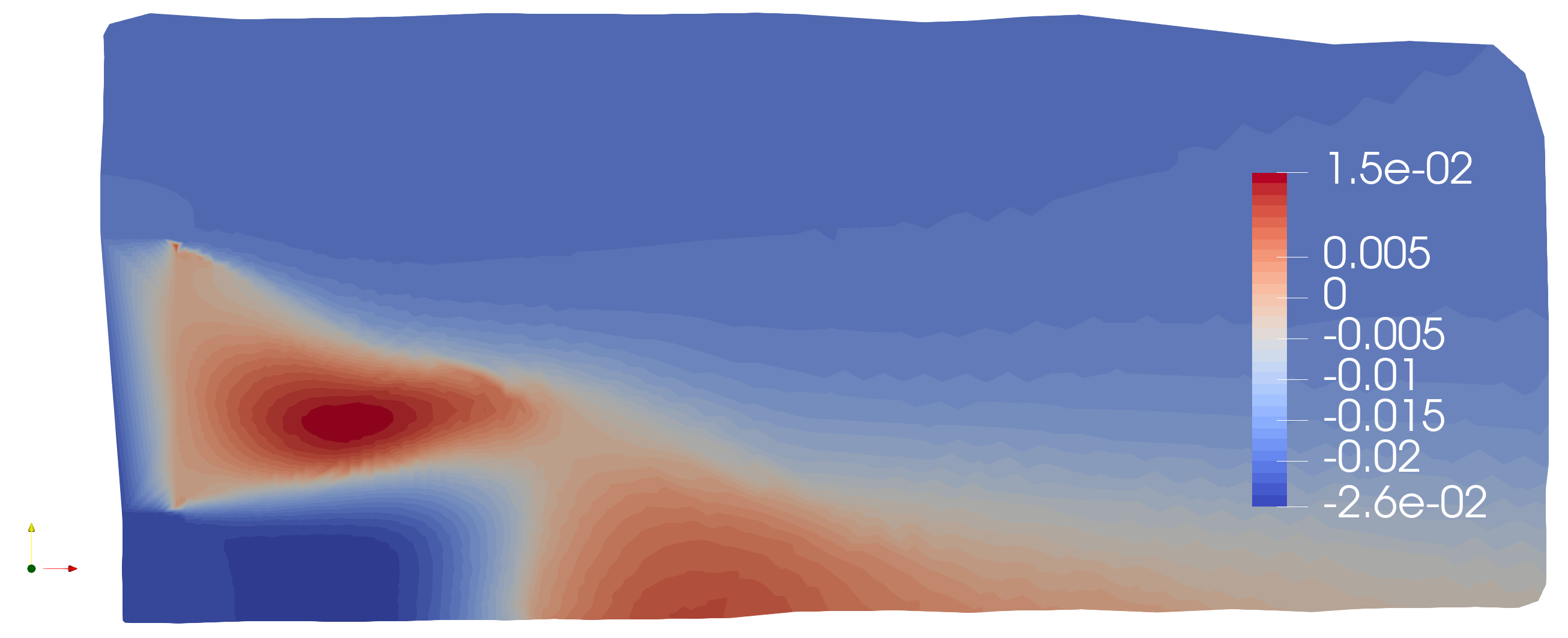
The Dance of Fluids: From Theory to Data Analysis
In the vast and complex universe of engineering and physics, understanding the movement of fluids is a fundamental pillar. From the aerodynamics of an aircraft to the blood circulation in our veins, Fluid Dynamics governs essential phenomena. Traditionally, its study is based on complex mathematical equations. However, computational advancements and new data analysis techniques are revolutionizing this field, enabling a deeper and more predictive understanding of fluid systems.
The Foundation: Fluid Dynamics and its Computational Simulation
Fluid Dynamics is the branch of physics dedicated to studying the motion of liquids and gases. Its goal is to describe how properties such as velocity, pressure, density, and temperature of a fluid behave in space and time. The fundamental laws governing this motion are the Navier-Stokes equations, a set of partial differential equations notoriously difficult to solve analytically for most scenarios of practical interest.
This is where Computational Fluid Dynamics (CFD) comes in. CFD is a powerful tool that uses numerical methods and the power of computers to simulate fluid flow and solve the governing equations. By discretizing the fluid domain into a mesh of small volumes or elements, CFD transforms the differential equations into a system of algebraic equations that can be solved computationally. This allows for the detailed visualization and analysis of complex flows, optimization of designs, and prediction of system behavior even before their physical construction, saving time and resources.
Analyzing Vibrations: Modal Analysis in Fluid-Structure Interaction
In many engineering systems, the fluid does not flow in isolation; it interacts with solid structures. Think of the wind acting on a bridge or the flow of water through the blades of a turbine. This interaction can induce vibrations in the structure, which in turn can alter the fluid flow. To deeply understand this phenomenon of fluid-structure interaction, Modal Analysis becomes indispensable.
Modal Analysis is the study of the dynamic properties of a structure under vibrational excitation. Its objective is to determine the natural frequencies (the frequencies at which the structure tends to vibrate with the greatest amplitude) and the “mode shapes” (the characteristic deformation shapes for each natural frequency). Knowing these parameters is crucial for predicting and avoiding resonance—a phenomenon that occurs when the frequency of an external force (such as that caused by fluid flow) coincides with one of the structure’s natural frequencies, potentially leading to excessive vibrations and even structural failure.
The Data Revolution: Data-Driven Techniques
Both CFD simulations and modern experiments in fluid dynamics and structural analysis generate a massive amount of data. Extracting useful knowledge from this vastness of information is a challenge that has driven the development of data-driven techniques. Instead of starting from a pre-established physical model (like the Navier-Stokes equations), these approaches use the data itself to build models, identify patterns, make predictions, and gain insights into the system’s behavior.
In the context of engineering, data-driven techniques, which include machine learning methods, are increasingly being used for a variety of tasks, such as process optimization, anomaly detection, the creation of reduced-order models (simplified and computationally more efficient versions of complex models), and the analysis of real-time sensor data.
Decomposing the Dynamics: The Power of Dynamic Mode Decomposition (DMD)
One of the most prominent data-driven techniques applied to fluid dynamics is Dynamic Mode Decomposition (DMD). DMD is an algorithm that analyzes a sequence of “snapshots” of a flow, typically obtained from CFD simulations or experimental measurements, and decomposes the complex fluid dynamics into a set of dynamic modes.
Each dynamic mode has a coherent spatial structure that evolves over time with a specific oscillation frequency and a growth or decay rate. In a manner analogous to Modal Analysis for structures, DMD provides a “modal analysis” for fluids. It allows for the identification of dominant structures and periodic or unstable phenomena present in the flow, such as the formation of vortices, waves, and other instabilities.
The beauty of DMD lies in its ability to extract dynamically relevant information directly from the data, without the need to linearize the governing equations. This makes it an extremely powerful tool for stability analysis, flow control, and the construction of reduced-order models that capture the essence of the fluid’s dynamics at a much lower computational cost, closing the loop from fundamental theory to the advanced, predictive analysis of the complex and fascinating movements of fluids.